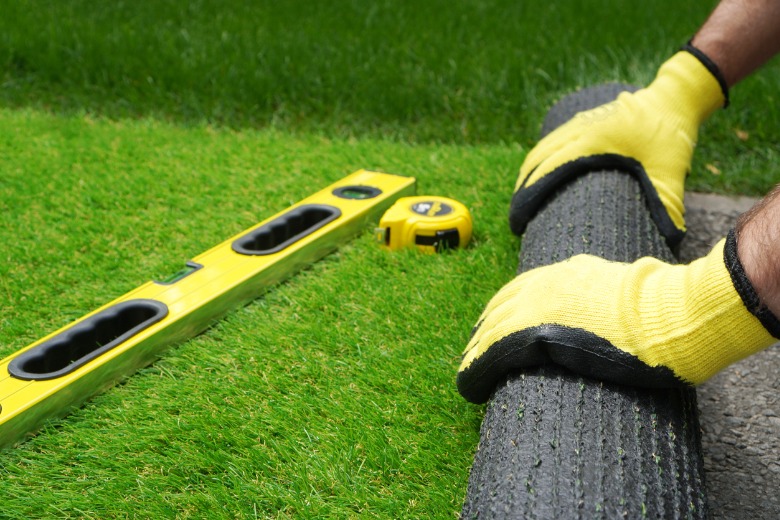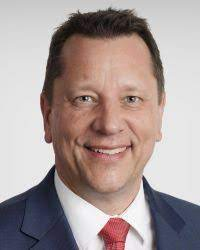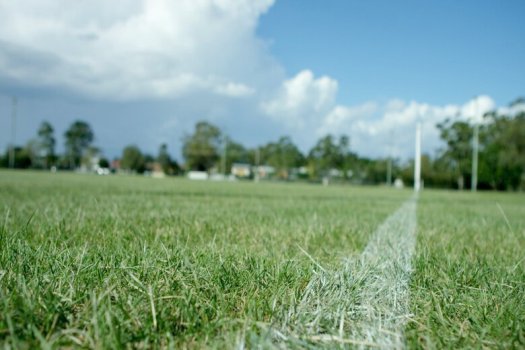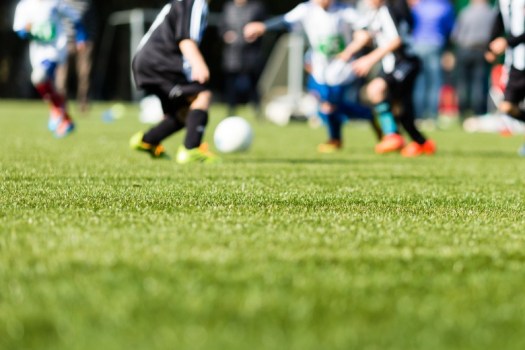
The NSW government is compiling guidelines on the use of synthetic turf in sports fields and arenas, and is inviting councils, government agencies and other stakeholders to have their say.

Draft guidelines on the use of synthetic turf in public spaces are open for submissions following the state government’s investigation into the impact of the material on the environment and community.
The guidelines offer strategies and case studies aimed at informing decision-makers, planners and sports field managers who may be considering synthetic turf as an alternative to natural grass, the government says.
Sustainability v functionality
The report notes concerns about synthetic turf including environmental impacts, loss of open space and changes to the amenity of the local community.
On the positive side, it says, synthetic turf offers organised sports groups and users a way to meet growing demand for sports venues, as well as a consistent surface to play on.
It lists a range of considerations including improved maintenance, better design of sports fields, more durable and higher quality materials, better lighting, and the introduction of synthetic or hybrid playing surfaces.
The report says it’s necessary to weigh up pros and cons including environmental impacts, maintenance costs and community needs when deciding between natural and synthetic turf to achieve a balance between sustainability and functionality.
“Given the ongoing pressure on public open space and the need to adapt to community changes, decision makers should think carefully about using synthetic turf for both sport and non-sport activities in local parks, and the broad network of public open space,” the report says.
Public spaces minister Paul Scully said there’s a growing demand for sports fields and ovals and the government wants to embrace modern innovation methods in public open spaces.
“Given the conversations around potential impacts of synthetic turf, these guidelines provide councils, sports clubs and local decision-makers with research-backed information to make the best decisions for their communities,” he said in a statement.
“We’re confident that these draft guidelines will give decision-makers the information necessary to ensure that their choices align with the values and aspirations of their local communities.”
Submissions can be made until April 29. Final guidelines will be released this year and will be accessible to all councils, sports clubs and local stakeholders.
Concerns raised by Chief Scientist
The draft guidelines follow the release in 2021 of the Synethic Turf in Public Spaces study, and a final report of Chief Scientist and Engineer Professor Hugh Durrant-Whyte released in October 2022.

Professor Durrant-Whyte’s report found precise figures of the number and location of synthetic turf fields in NSW were difficult to confirm but the rate of installation was ‘clearly’ increasing.
Conservative estimates indicated there were currently approximately 181 synthetic turf sports fields in NSW, an increase from approximately 24 in 2014 and 30 in 2018, his report said.
Professor Durrant-Whyte said it was unclear whether expectations about the longevity and carrying capacity of synthetic fields could be met under Australian climatic conditions.
He also raised concerns about microplastics, with the amount of fibres lost from a synthetic turf field likely to be in the 100s of kilograms per year, as well as weathering, UV exposure and microbes potentially causing chemicals to leach into the environment.
Comment below to have your say on this story.
If you have a news story or tip-off, get in touch at editorial@governmentnews.com.au.
Sign up to the Government News newsletter

